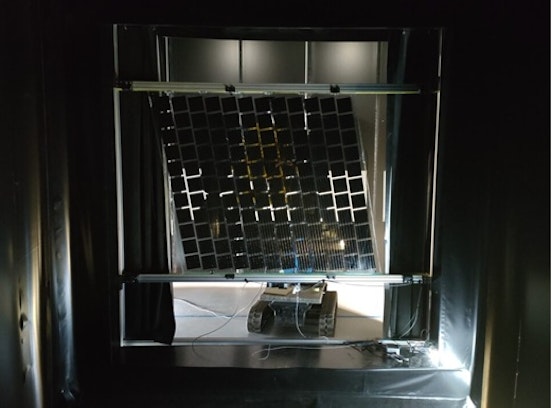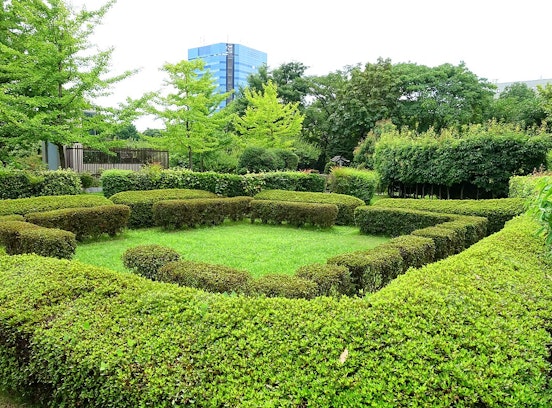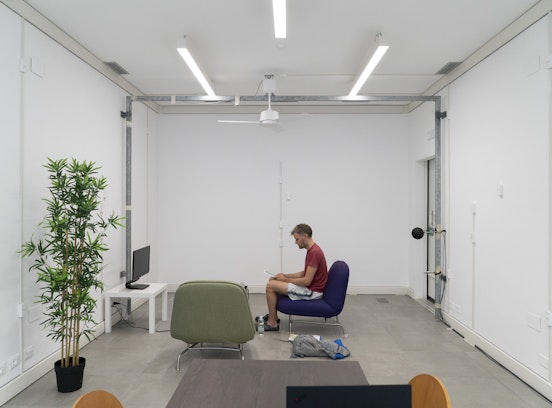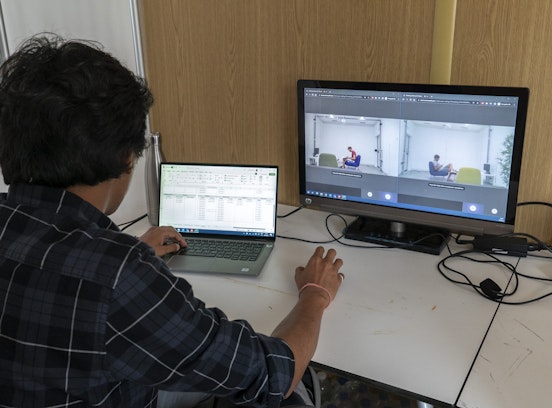Institute for Renewable Energy - Energy Efficient Buildings - News & Events - Evaluating Indoor Air Quality in office buildings.
Evaluating Indoor Air Quality in office buildings.
Eurac Research experts recently published a comprehensive critical review on the subject.
Indoor air quality (IAQ) has significant impacts on office occupants' productivity, well-being and health. Addressing IAQ not only means ensuring that contaminants are below harmful concentration but also that people exposed are satisfied. However, current standards often lack clear metrics and thresholds dedicated to Perceived Air Quality (PAQ).
A new scientific article published on the Journal Building & Environment examines whether there is a prevalent method in the literature that could lead towards standardization.
Adopting the PRISMA (Preferred Reporting Items for Systematic Reviews and Meta-Analyses) guidelines, the objective of the researchers was to synthesize and compare diverse methods (subjective vs instrumental evaluations; object of judgment; component of perception; rating scales) for assessing PAQ in office buildings, based on insights from 93 field and laboratory studies.
"This review study constitutes the first comprehensive critical exploration of the subject. Results show that the assessment of PAQ predominantly relies on questionnaires (90 %), with a very smaller percentage using alternative methods such as olfactory indices, diaries, interviews, sensory testing, and text mining techniques. Workers’ satisfaction is the most commonly evaluated aspect in PAQ questionnaires, often measured on a 7-point Likert scale. Odours are typically characterized in terms of intensity by utilizing a continuous 6-point unidirectional scale. Olfactory stimuli are usually considered with a negative connotation, being the absence of odour the target of IAQ design. The present study proposes a future research agenda that introduces the importance of a perceptual approach to evaluate the indoor olfactory environments (or smellscapes), aiming to create working spaces that are not only odour-neutral but also olfactorily pleasant" says Giulia Torriani, first author of the study.
Link to the scientific article










